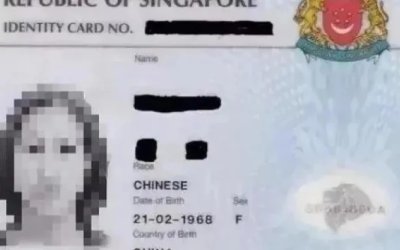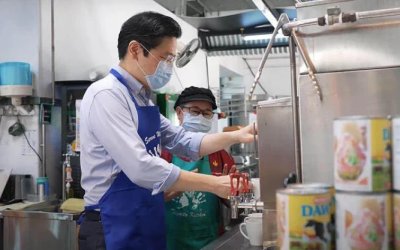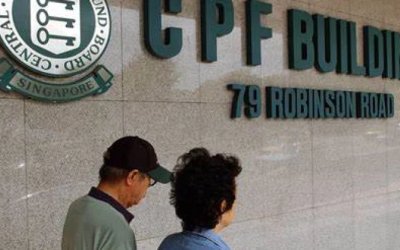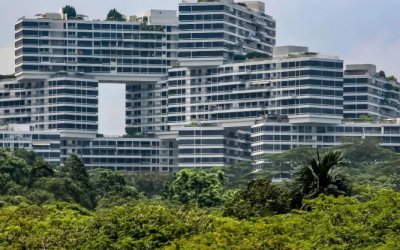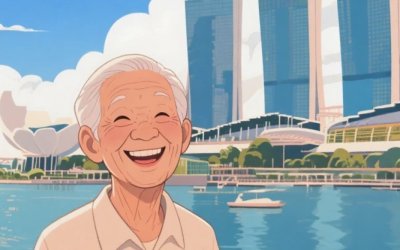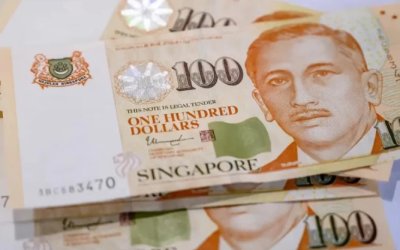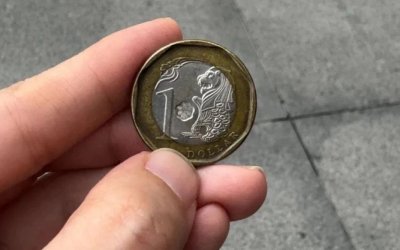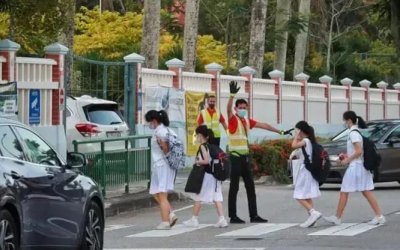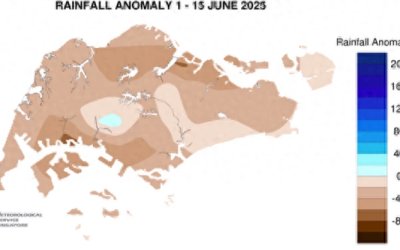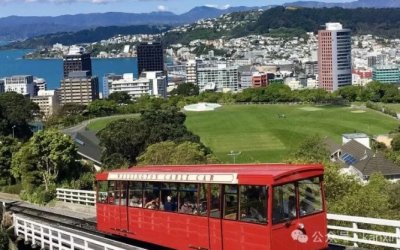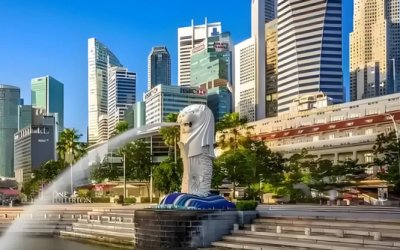2024年3月6日,新加坡衛生部部長王乙康在國會答覆議員關於醫生的培養,以及醫生占人口比例的問題。
以下內容為新加坡眼根據國會英文資料翻譯整理:
(續上一篇 新加坡衛生部長王乙康國會答覆議員:到2030年,公立醫院床位將達1.5萬張 )擴大醫療能力的另一個關鍵是加強人力資源。洪維能先生和陳有明醫生詢問我們是否需要培養更多醫生以滿足需求。是的,我們過去已經這樣做了,而且將繼續這樣做。事實上,過去10年,我們本地醫學院招生規模增加了約30%,現在大約有500名學生。如果考慮每一屆,現在略超過30,000人。其中大約一半,約15,000至17,000人上大學;在這一群體中,有500人正在接受醫學培訓。【請參閱《衛生部長澄清》,官方報告,2024年3月6日,第95卷,第131期,書面聲明更正部分。】
同時,更多的人正在接受綜合醫療保健人員和護士的培訓。因此,我們正在吸引大量人才。我們還提供獎學金和資助,吸引從海外醫學院畢業的新加坡人加入本地公共醫療系統。
在醫生與人口比例方面,新加坡的情況如何?就執業醫生而言,我們的比例約為2.6(每1000人2.6名醫生)。讓我們將這個數字放在一些背景下來看看。
與發展中國家相比,我們處於領先地位,我們的比例更高。與亞洲發達經濟體相比,我們的情況相似。韓國、中國香港和中國台灣的比例都在2.6左右。日本也是2.6,儘管他們實際上比我們早老化,約有30%的人口年齡在65歲及以上。
與發達的盎格魯-撒克遜國家(英國、美國和加拿大)相比,我們只是略微落後。
與歐洲國家(歐洲大陸、澳大利亞)相比,我們確實落後一截。為什麼呢?我認為有各種的原因。這可能是福利國家的後遺症,也可能是歐洲國家並沒有真正制定人力資源規劃的傳統。
我們可以進一步探討是否需要進一步增加,但我們必須認識到,各行各業的人才都供不應求。在醫療保健領域,我們應該吸引到我們應該的人才份額,而不是過多的人才份額。超過這個公平的份額,各國可能會自食其果。
為什麼會這樣呢?首先,這並不是簡單的數字遊戲。醫生的合理組合與醫生的數量同等重要。如果醫生註冊了但沒有開業,那也無濟於事。如果醫生在行醫,但卻從事美容等領域,那也沒有太大幫助。
在新加坡,醫學院的畢業生已經發現,接受專科培訓獲得住院醫師的競爭更加激烈,因為在許多專科領域並不缺少醫生。另一方面,我們在家庭醫學、內科醫學、老年醫學和康復醫學等領域面臨著醫生短缺。
這是因為,隨著新加坡成為一個超老齡化社會,有更多的病人患有複雜和多種病症,需要這些具備更廣泛技能的醫生。因此,衛生部一直在增加這些專科領域培訓的崗位數量。
我們也看到,在許多國家,醫生的供應是如何產生自身需求的。隨著更多醫生參與競爭生意,醫生們就會有傾向於開出更多的檢查、掃描、藥物和手術處方。患者不太可能拒絕,因為這關係到你的健康,尤其是如果醫療保健是免費的或者保險覆蓋了所有費用。
因此,儘管洪維能先生提供了數據顯示,新加坡的醫生人口比低於一些經濟合作與發展組織國家,但這並沒有導致新加坡的醫療成果更差、可及性更低或者可負擔性更差。例如,我們知道美國的醫療保健系統並不是最方便的,除非你有合適的保險。
英國比我們擁有更高的醫生人口比,但他們有800萬患者在候診名單上,並且長期受到醫療能力不足的困擾。德國的醫生與人口比也遠遠高於我們,但在滿足各州老年人的醫療需求方面卻面臨著巨大挑戰。反觀新加坡,我們的醫療保健 成果相當不錯。
一個普遍接受的廣義指標是國人的預期健康壽命。在新加坡,人們預期能夠健康地活到74歲,是世界上壽命最長的國家之一;相比之下,美國為66歲,英國為70歲,德國、法國、丹麥、荷蘭、澳大利亞等國為71至72歲。
新加坡在醫療保健方面的支出約占國內生產總值(GDP)的5%,而大多數已開發國家則占比10%至13%;美國占比17%。簡而言之,與許多經合組織國家相比,我們用更少的支出、更少的病床和醫生與人口比取得了更好的成果,這並不僅僅是一個數字遊戲。
醫生的素質和組合、國家的地理分布、整個系統的運作方式以及患者的行為等因素都有很大的不同。我們還有很大的改進空間,但沒有理由自怨自艾或羨慕他人。事實上,我們的情況很好,因為我們不斷向他人學習並努力改進。

以下是英文質詢內容:
Another key aspect to expanding capacity is to enhance manpower. Mr Ang Wei Neng and Dr Tan Wu Meng asked if we need to produce more doctors to meet demand. Yes, we have been and will continue to do so. In fact, intakes into our local medical schools have increased by about 30% over the past 10 years, to about 500 now. If you consider each cohort, it is now slightly over 30,000. About half of them, 15,000 or so, 15,000 to 17,000 go to university; and out of that group, 500 are training to be doctors. [Please refer to "Clarification by Minister for Health", Official Report, 6 March 2024, Vol 95, Issue 131, Correction By Written Statement section.]
Still, more are training to be Allied Health Professionals and nurses. So, we are taking quite a lot of talent. We are also offering awards and grants to actively attract Singaporeans who graduated from overseas medical schools back into the local public healthcare system.
Where does Singapore stand, in terms of our doctor to population ratio? Ours, in terms of practising doctors, is about 2.6. Let us put that number into some perspective.
Compared to developing countries, we are ahead, we are higher. Compared to developed economies in Asia, we are similar. Korea, Hong Kong and Taiwan are all around 2.6. Japan is also 2.6 and despite having actually aged much earlier than us, with about 30% of their population 65 and older.
Then, if you compare to developed Anglo-Saxon countries – the United Kingdom (UK), United States (US), Canada – we are just slightly behind.
It is really when we compare to European countries – continental European countries, Australia – that we are a notch behind. Why is that so? I think there are various reasons. It could be a legacy of the welfare state. It could be the fact that European countries do not really have a tradition of planning for manpower.
We can explore if further increases are needed, but we have to recognise that talent is in short supply across all sectors. And healthcare, we should attract our fair share, but not disproportionate share of talent. Beyond this fair share, countries can also end up chasing its own tail.
Why is that so? For one, it is not a simple numbers game. The right mix of doctors is just as important as the sheer number of doctors. If, somehow, doctors get registered but do not practise, it does not help. If doctors are practising, but they go into areas like aesthetics, it also does not help very much.
In Singapore, graduates from medical schools are already finding it more competitive to get residency positions to be trained as specialists, because there is not much of a shortage in many of these specialist areas. On the other hand, we are facing shortages in areas like family medicine, internal medicine, geriatric medicine and rehabilitation medicine.
This is because as Singapore becomes a super-aged society, we have more patients with complex and multiple medical conditions, needing doctors with these more broad-based skillsets. Hence, MOH has been increasing the number of training positions in these specialist areas.
We have also seen in many countries, how supply of doctors creates its own demand. As more doctors compete for business, there will be a tendency to prescribe more tests, scans, medications and procedures. Patients are not likely to say no because your health is at stake, and especially if healthcare is free or insurance covers all the costs.
Hence, while Mr Ang Wei Neng provided numbers to show that Singapore's doctor-to-population ratio is lower than some Organisation for Economic Co-operation and Development (OECD) countries, this did not translate to poorer health outcomes, less accessibility or affordability in Singapore. For example, we know that the US healthcare system is not the most accessible unless you have the right insurance.
The UK's higher doctor-to-population ratio than us, has eight million patients on their waiting lists and is suffering from a chronic capacity crunch. Germany, also much higher than us in terms of the ratio, is facing a major challenge meeting the healthcare needs of their seniors across their länders or their states. Conversely, Singapore, we are delivering quite good healthcare outcomes.
